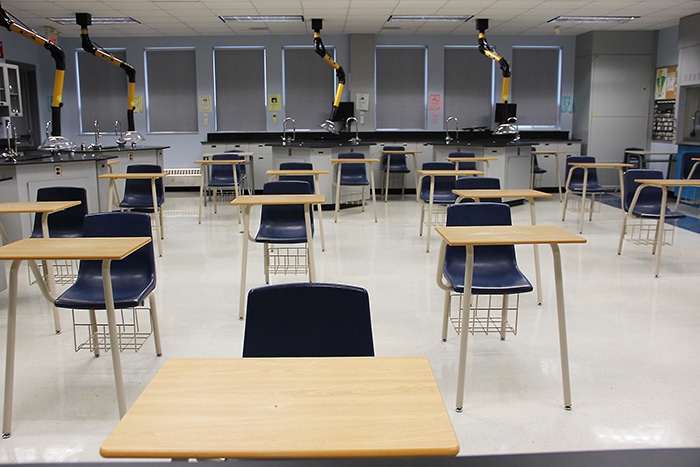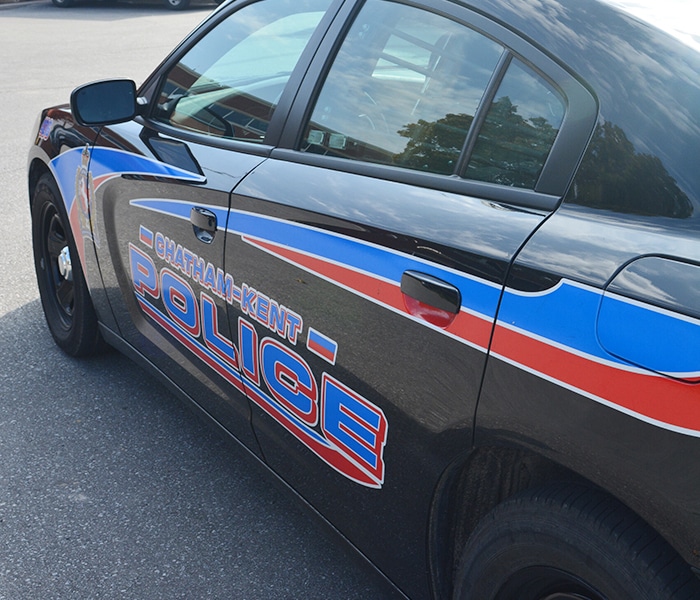
Majority of cases tied to church outbreak
By Jenna Cocullo, Local Journalism Initiative
Forty-seven students at McNaughton Avenue Public School, Chatham, were dismissed from class after a student or staff tested positive for COVID-19.
“That happened after the school day yesterday (Wednesday), that the notice was received. Today, we’ve made arrangements for an electronic device pickup for those students who need that to continue their program of learning,” said John Howitt, director of education for the Lambton Kent District School Board (LKDSB), at a press briefing.
While those kids are gearing up for a couple of weeks of virtual learning, the Blenheim students at Harwich Raleigh are expected to return back to class on Monday, according to Howitt.
Students temporarily sent home at Chatham-Kent Secondary School due to contact with a probable case will also be returning to class following a negative result from the contact in question.
According to Chatham-Kent’s medical officer of health, the system put in place by Public Health and the school boards are running smoothly.
“These precautionary isolations have gone very smoothly, I would say,” said Dr. David Colby. “We haven’t had any evidence of transmission within the school environment. So not only is there not an outbreak. But we haven’t had any secondary cases from the school environment.”
On Thursday afternoon CK Public Health reported three new cases of COVID-19 for a cumulative total of 409.
Thirty-five of those cases are currently active. Three of those individuals are hospitalized.
Colby said that all but two of the cases are tied to the church outbreak declared last week in Blenheim.
On Wednesday Colby declared an outbreak in a “community living” setting which came from the original Blenheim cases.
“That again is linked to the church cases but we’re declaring a new outbreak there. So, again, it’s a question of when you decide to stop associating cases with the original source,” he said. “Ultimately the branches of the tree lead back to the church route. But as we get generations of exposure away, we call those cases close contacts to other cases.”
Colby said the original church goers who spread the virus were respecting physical distancing rules and paying attention to hand hygiene, based on an investigation conducted by CK Public Health.
“But I know that it … is very small in size and the crowding and singing can make a difference. Now supposedly precautions were taken. But we do have a large number of cases associated with that environment. So, obviously, there was a breakdown in precautions somewhere along the line,” he said.
Colby said given the evidence, and the fact that other places of worship have not seen any outbreaks, he will not be imposing harsher rules for religious services.






